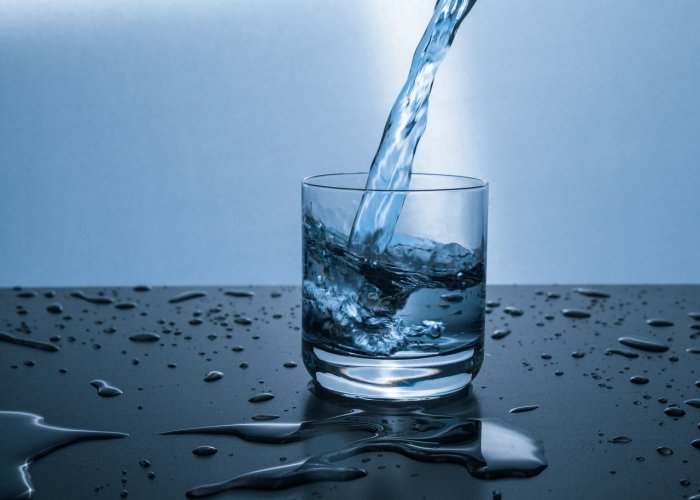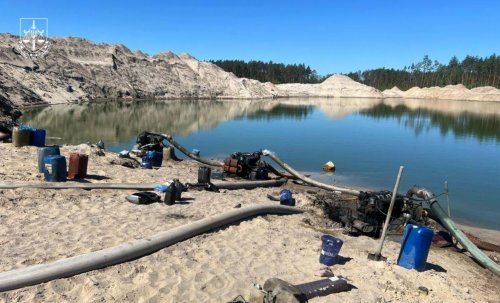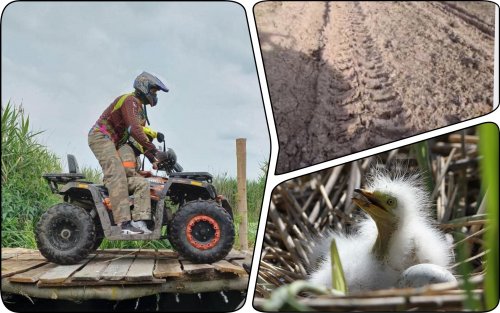In the Rivne Region, doctors named the cities and towns in which the quality of drinking water of centralized water supply networks meets the chemical indicators of quality and safety, and regions with regular non-compliance with them.
The study of water quality continued during 2020 - the first half of 2022, reports the Rivne regional center for disease control and prevention on Facebook.
It was conducted according to basic hygienic indicators.
Places where the water for 2.5 years mostly met hygienic requirements:
- city of Rivne;
- Kostopil city;
- Dubno city;
- Zdolbuniv city;
- the city of Radyvylov;
- the villages of Teslugiv, Nemyrivka, Staryky, Stoyanivka, Perenyatyn, Pidlypky of Radyvylivska TG;
- the village of Babyn and the village of Franivka of the Goshchan territorial community;
- Derazhne village, Derazhne community (former Kostopil district);
- Zlazne village, Golovynska community (former Kostopil district);
- Demydivka village, Dubensky district.
Periodic deviations from the quality indicators of the regional center for disease control and prevention have been found in the city of Sarna, the city of Dubrovytsa, the village of Rokytne, the village of Klevan, the village of Orzhiv, as well as the water pipes of the Mlynivska community.
Regular inconsistency of drinking water according to chemical indicators of its quality and safety:
- village of Pustomity Goshchanska community – total iron, ammonium, coloration, turbidity;
- the city of Korets, the village of Koryst, the village of Morozivka, the village of Svitanok of the Koretska community – common iron, hardness;
- the village of Klesiv, Sarnensky District – common iron, ammonium;
- village of Vysotsk, village of Zhadyn Dubrovytska community – common iron, ammonium.
In the material, it was noted that indicators of microbiological contamination of drinking water, unlike its chemical composition, are more variable and strongly depend on both the season and the conditions of water sources.
Thus, on centralized communal water pipes, indicators of epidemic safety are usually satisfactory, deviations do not exceed 4% of the total number of conducted studies.
However, the situation in departmental and rural water supply systems is somewhat worse, more than 9% of samples do not meet hygienic requirements. The problems of rural water supply systems are wear and tear of equipment and insufficient production control over the quality of drinking water supplied to the population.
"To find out what kind of water you consume, contact local authorities for relevant information and take special responsibility when planning agricultural and any other activities that may affect the chemical composition of drinking water, so as to always remain healthy and beautiful!" – noted in the material.
Earlier EcoPolitic reported, that in the Khmelnytskyi region, water comes from almost a third of the investigated wells contaminated with nitrates and dangerous for use
As EcoPolitic previously reported, only 12 reservoirs in the Lviv region were declared safe for swimming, in the rest you can't swim.





